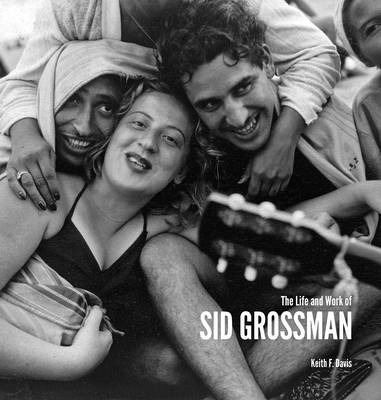
- Afhalen na 1 uur in een winkel met voorraad
- Gratis thuislevering in België vanaf € 30
- Ruim aanbod met 7 miljoen producten
- Afhalen na 1 uur in een winkel met voorraad
- Gratis thuislevering in België vanaf € 30
- Ruim aanbod met 7 miljoen producten
Zoeken
Omschrijving
Sid Grossman (1913-55) and his work were largely forgotten after his untimely death in 1955. Labeled as a communist by the FBI after the war, his hard-earned reputation as a free-thinking photographer quickly fell into oblivion for the rest of the century and beyond. Grossman was one of the founders of the famous New York Photo League and a notoriously demanding and capricious teacher who always challenged his students. This monograph, the first comprehensive survey of Grossman's life and work, contains more than 150 photographs that demonstrate Grossman's enduring talent. The images range from his early social documentary of the late 1930s to the more personal, dynamic street photography of the late 1940s, as well as later experiments with abstraction in both black and white and color. It features an essay by renowned historian Keith F. Davis, and concludes with excerpted transcripts from recordings of a course Grossman taught in 1950.
Specificaties
Betrokkenen
- Auteur(s):
- Uitgeverij:
Inhoud
- Aantal bladzijden:
- 256
- Taal:
- Engels
Eigenschappen
- Productcode (EAN):
- 9783958291256
- Verschijningsdatum:
- 22/11/2016
- Uitvoering:
- Hardcover
- Formaat:
- Genaaid
- Afmetingen:
- 259 mm x 267 mm
- Gewicht:
- 1746 g

Alleen bij Standaard Boekhandel
+ 129 punten op je klantenkaart van Standaard Boekhandel
Beoordelingen
We publiceren alleen reviews die voldoen aan de voorwaarden voor reviews. Bekijk onze voorwaarden voor reviews.











